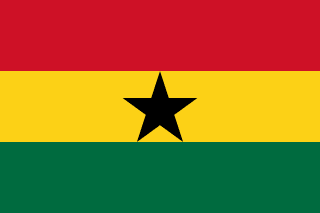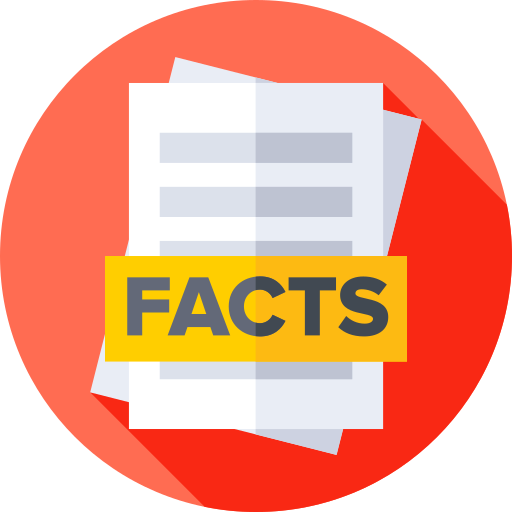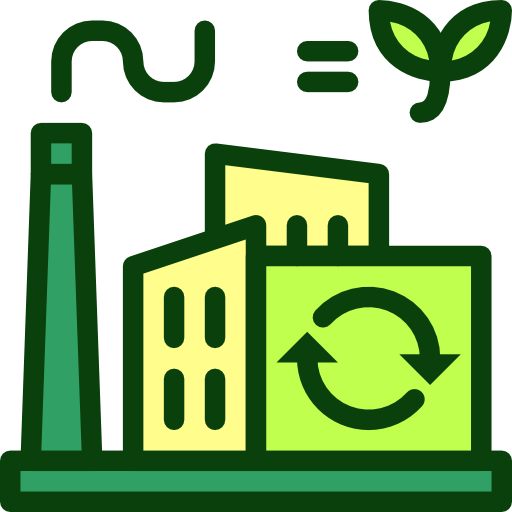Ghana - Geography

Here, let us take a look at the Geography of Ghana. Lake Volta is the world's largest artificial lake (manmade reservoir) by surface area (8,482 sq km; 3,275 sq mi); the lake was created following the completion of the Akosombo Dam in 1965, which holds back the White Volta and Black Volta Rivers. Mother's mean age at first birth is 22.1 years (2022 est.) (Note: data represents median age at first birth among women 25-49), whereas, the Maternal mortality ratio is 263 deaths/100,000 live births (2020 est.)
Geographical data of Ghana
| Location | Western Africa, bordering the Gulf of Guinea, between Cote d'Ivoire and Togo |
|---|---|
| Geographic coordinates | 8 00 N, 2 00 W |
| Map references | Africa |
| Tarrain | mostly low plains with dissected plateau in south-central area |
| Natural Resources | gold, timber, industrial diamonds, bauxite, manganese, fish, rubber, hydropower, petroleum, silver, salt, limestone |
| Natural Hazards | dry, dusty, northeastern harmattan winds from January to March; droughts |
| Irrigated Land | 360 sq km (2013) |
| Major rivers (by length in km) | Volta river mouth (shared with Burkina Faso [s]) - 1,600 km note – [s] after country name indicates river source; [m] after country name indicates river mouth |
| Major aquifers | |
| Land Boundaries | 2,420 km |
| Border Countries | Burkina Faso 602 km; Cote d'Ivoire 720 km; Togo 1098 km |
| Coastline | 539 km |
| Climate | tropical; warm and comparatively dry along southeast coast; hot and humid in southwest; hot and dry in north |
| Area | |
| Total Area | |
| Land Area | 227,533 sq km |
| Water Area | 11,000 sq km |
| comparative Area | slightly smaller than Oregon |
| Maritime Claims | |
| Territorial sea | 12 nm |
| Contiguous zone | 24 nm |
| Exclusive economic zone | 200 nm |
| Continental shelf | 200 nm |
| Elevations | |
| Highest point | Mount Afadjato 885 m |
| Lowest point | Atlantic Ocean 0 m |
| Mean elevation | 190 m |
| Land Use | |
| Agricultural land | 55.4% (2022 est.) |
| Agricultural land: arable land | arable land: 20.7% (2022 est.) |
| Agricultural land: permanent crops | permanent crops: 11.9% (2022 est.) |
| Agricultural land: permanent pasture | permanent pasture: 22.8% (2022 est.) |
| Forest | 35.2% (2022 est.) |
| Other | 9.4% (2022 est.) |
Population Distribution
Population is concentrated in the southern half of the country, with the highest concentrations being on or near the Atlantic coast as shown in this population distribution map
People and Society
In Ghana, the different Ethnic groups are such that we have: Akan 45.7%, Mole-Dagbani 18.5%, Ewe 12.8%, Ga-Dangme 7.1%, Gurma 6.4%, Guan 3.2%, Grusi 2.7%, Mande 2%, other 1.6% (2021 est.)
| Population | |
|---|---|
| Pop growth rate | 2.15% (2024 est.) |
| Birth rate | 27.6 births/1,000 population (2024 est.) |
| Death rate | 5.9 deaths/1,000 population (2024 est.) |
| Health expenditure | 4.2% of GDP (2021) |
| Physicians Density | |
| Hospital bed Density | 0.9 beds/1,000 population (2011) |
| Total fertility rate | 3.56 children born/woman (2024 est.) |
| Gross reproduction rate | 1.75 (2024 est.) |
| Contraceptive prevalence rate | 27.2% (2017/18) |
| Est married women (ages 15-49) | 54.3% (2023 est.) |
| Literacy | age 15 and over can read and write |
| Education expenditures | 3.9% of GDP (2018 est.) |
| Net Migration rate | -0.2 migrant(s)/1,000 population (2024 est.) |
| Nationality | Ghanaian | Ghanaian(s) |
| Languages | Asante 16%, Ewe 14%, Fante 11.6%, Boron (Brong) 4.9%, Dagomba 4.4%, Dangme 4.2%, Dagarte (Dagaba) 3.9%, Kokomba 3.5%, Akyem 3.2%, Ga 3.1%, other 31.2% (2010 est.) |
| Religions | Christian 71.3% (Pentecostal/Charismatic 31.6%, Protestant 17.4%, Catholic 10%, other 12.3%), Muslim 19.9%, traditionalist 3.2%, other 4.5%, none 1.1% (2021 est.) |
| Age Structure | |
| 0-14 years | 37.4% (male 6,527,386/female 6,400,245) |
| 15-64 years | 58.2% (male 9,690,498/female 10,444,197) |
| 65 years and over | 4.4% (2024 est.) (male 684,189/female 842,577) |
| Dependency Ratios | |
| Total dependency ratio | 68.7 |
| Youth dependency ratio | 62.9 |
| Elderly dependency ratio | 5.9 |
| Potential support ratio | 17 (2021 est.) |
| Median Age | |
| Total | 21.4 years (2024 est.) |
| Male | 20.6 years |
| Female | 22.3 years |
| Urbanization | |
| Urban population | 59.2% of total population (2023) |
| Rate of urbanization | 3.06% annual rate of change (2020-25 est.) |
| Major urban areas (Pop) | 3.768 million Kumasi, 2.660 million ACCRA (capital), 1.078 million Sekondi Takoradi (2023). |
| Sex Ratio | |
| At birth | 1.03 male(s)/female |
| 0-14 years | 1.02 male(s)/female |
| 15-64 years | 0.93 male(s)/female |
| 65 years and over | 0.81 male(s)/female |
| Total population | 0.96 male(s)/female (2024 est.) |
| Infant Motality | |
| Total | 31.2 deaths/1,000 live births (2024 est.) |
| Male | 34.5 deaths/1,000 live births |
| Female | 27.8 deaths/1,000 live births |
| Life Expectancy at birth | |
| Total population | 70.1 years (2024 est.) |
| Male | 68.4 years |
| Female | 71.8 years |
| Drinking Water Sources | |
| Improved: urban | urban: 98.7% of population |
| Improved: rural | rural: 83.8% of population |
| Improved: total | total: 92.4% of population |
| Unimproved: urban | urban: 1.3% of population |
| Unimproved: rural | rural: 16.2% of population |
| Unimproved: total | total: 7.6% of population (2020 est.) |
| Sanitation facility acess | |
| Improved: urban | urban: 84.8% of population |
| Improved: rural | rural: 52.8% of population |
| Improved: total | total: 71.1% of population |
| Unimproved: urban | urban: 15.2% of population |
| Unimproved: rural | rural: 47.2% of population |
| Unimproved: total | total: 28.9% of population (2020 est.) |
| Alcohol consumption per capita | |
| Total | 1.59 liters of pure alcohol (2019 est.) |
| Beer | 0.53 liters of pure alcohol (2019 est.) |
| Wine | 0.05 liters of pure alcohol (2019 est.) |
| Spirits | 0.39 liters of pure alcohol (2019 est.) |
| Other alcohols | 0.61 liters of pure alcohol (2019 est.) |
| Tobacco use | |
| Total | 3.5% (2020 est.) |
| Male | 6.6% (2020 est.) |
| Female | 0.3% (2020 est.) |
| Child marriage | |
| Women married by age 15 | 5% |
| Women married by age 18 | 19.3% |
| Men married by age 18 | 3.9% (2018 est.) |
Demographic profile
All Important Facts about Ghana
Want to know more about Ghana? Check all different factbooks for Ghana below.









